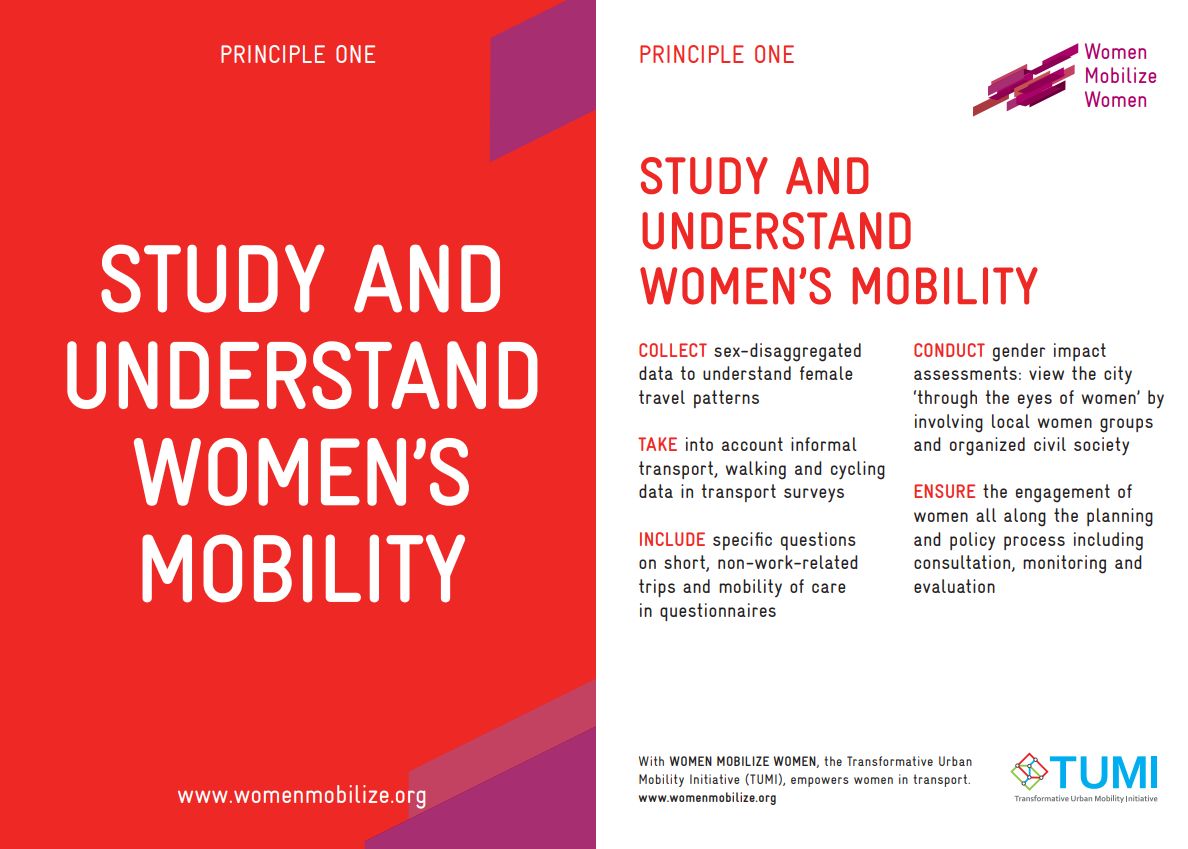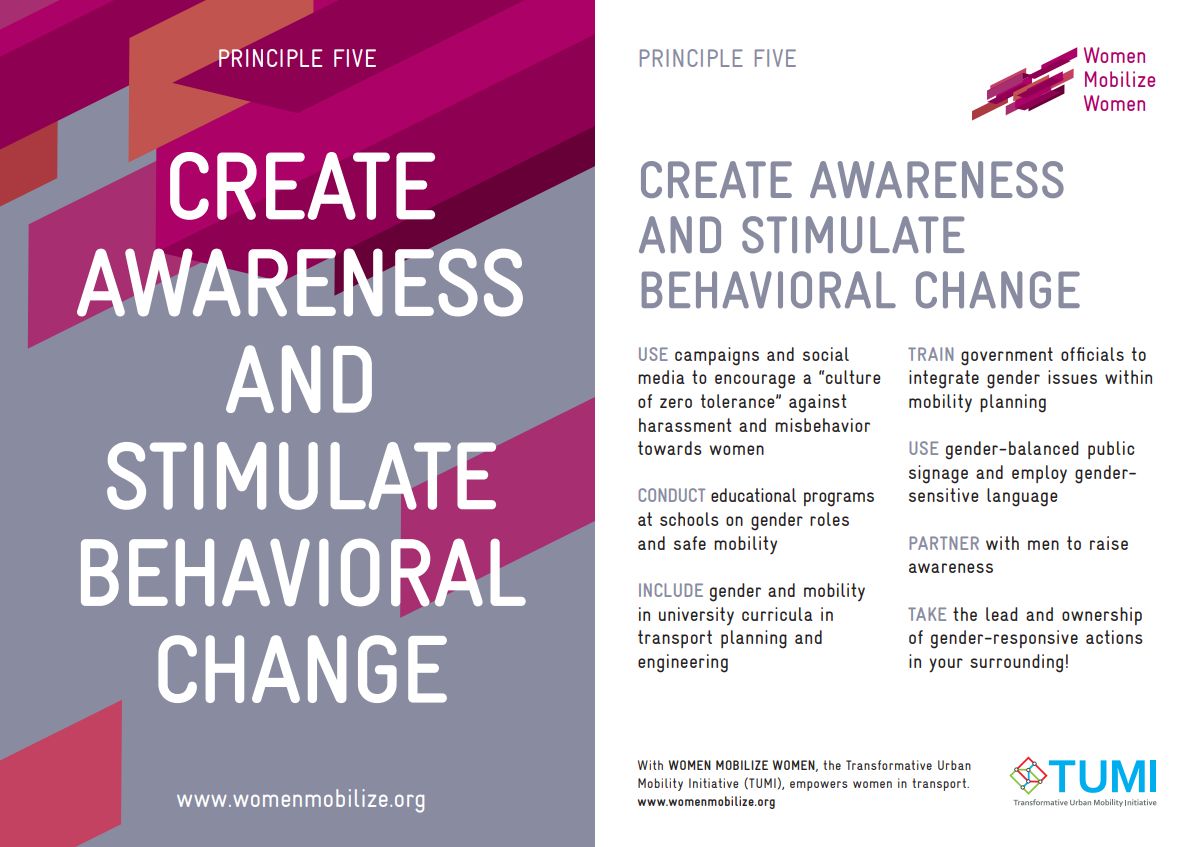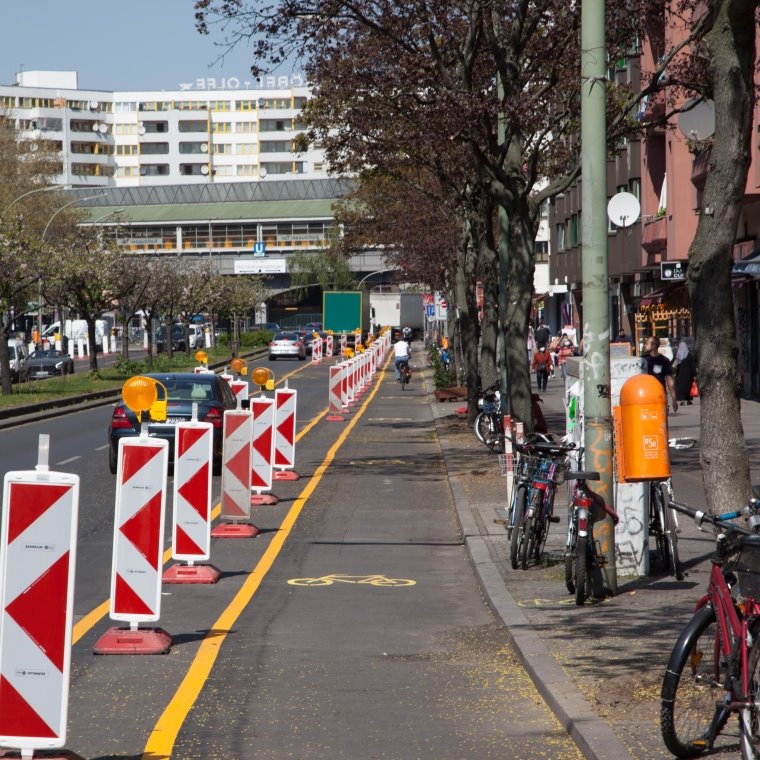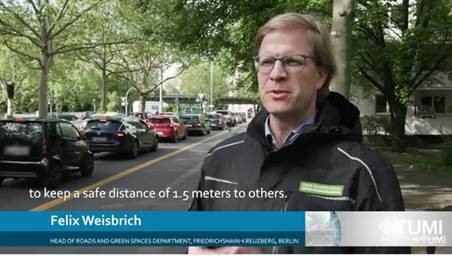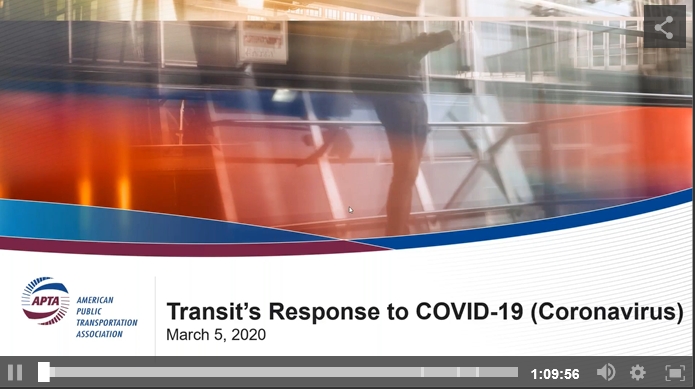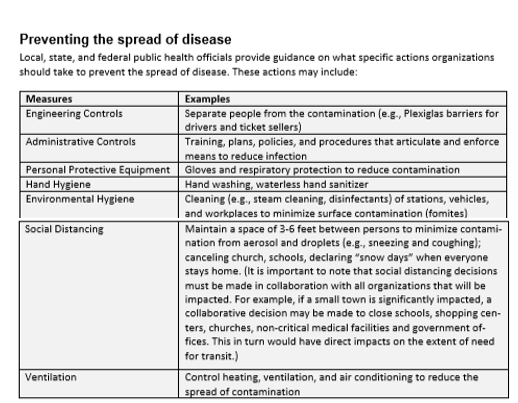
#COP26 Women empowerment is sustainable transport policy is climate policy ♀️🚶♀️🚴♀️🚋✅ #gender
5 principles for transport:
womenmobilize.org
5 principles for transport:
womenmobilize.org
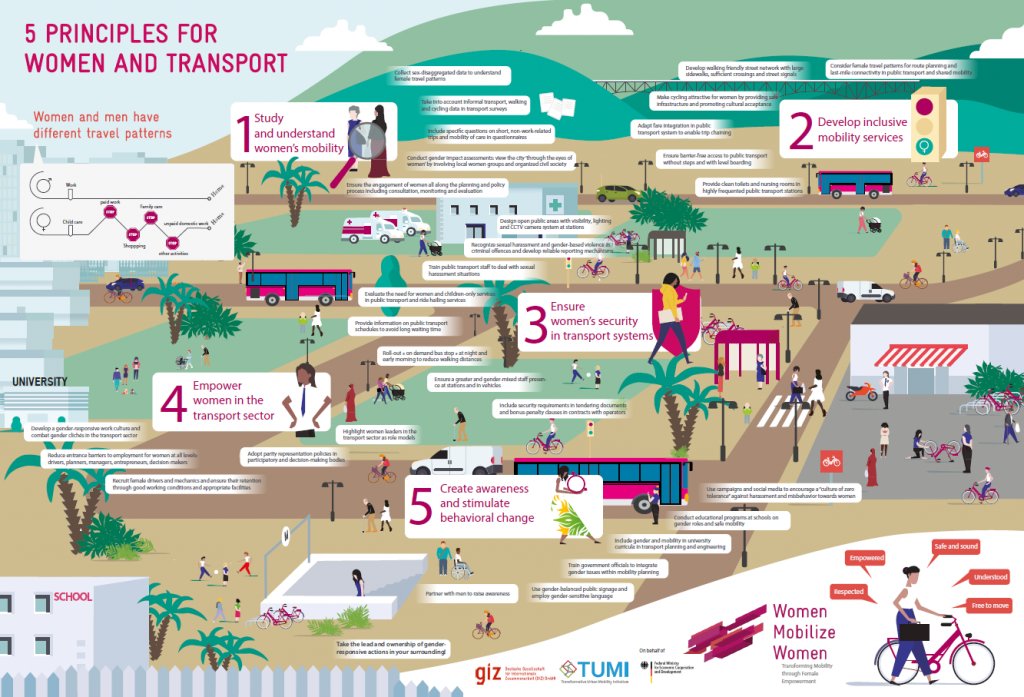
• • •
Missing some Tweet in this thread? You can try to
force a refresh

